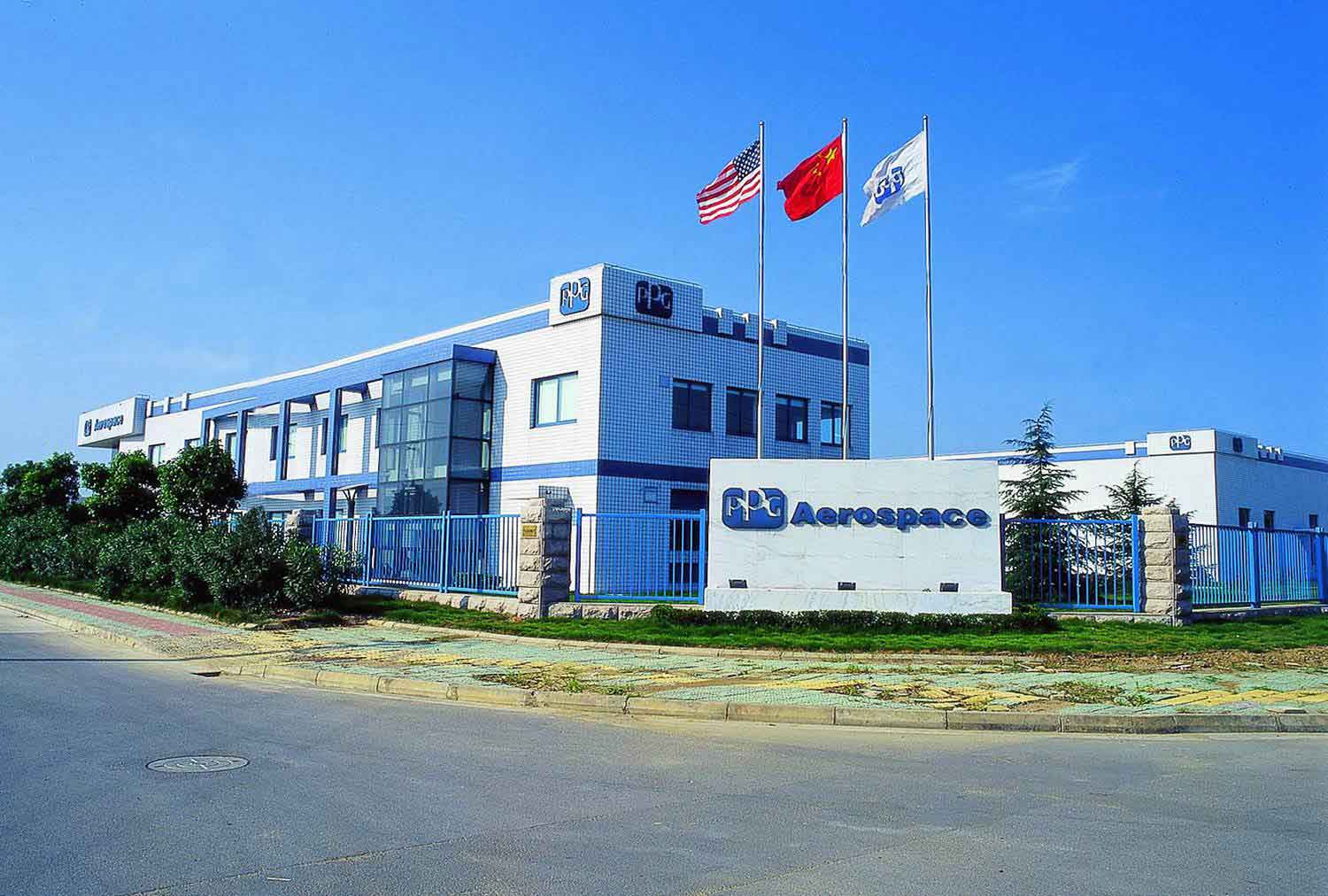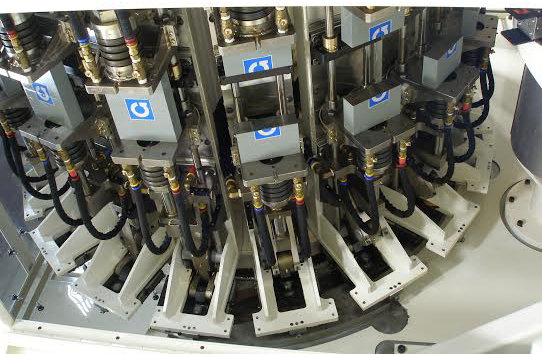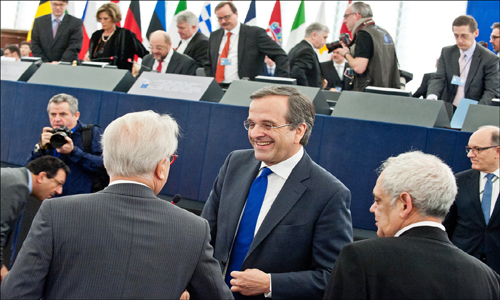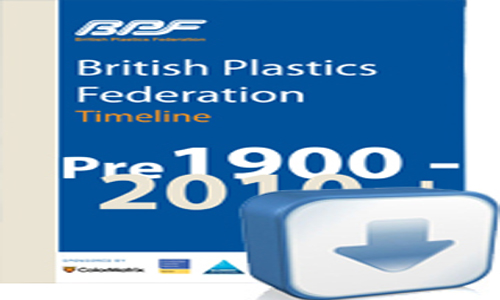Car manufacturers are focusing on the development of energy saving, environment-friendly and stylish cars as volatile international oil prices and maturing demand of car consumers in China continue to impact.

Energy saving and environmental protection are two major issues facing the automotive industry which is turning to plastic extrusion technology to for better solutions. Application of new plasticized materials makes appearance more individualized and improves touch feel and charm of the interior trim aside from remarkably reducing part processing, assembly and maintenance expenses.
Protective glass, interior trim, floor cushion and LCD monitor are extruded automotive parts among others, the latest being battery separator film which is a crucial element in manufacturing new energy cars. These parts are small but they play a big role in quality and comfort. JCTIMES (JC), a major manufacturer of extrusion dies in China, has been supplying innovative products to the auto part plants and has won some international patents while helping to reduce manufacturing cost.
Advantages of PVB glass – safe, sound proof, anti-UV
The windshield is made of laminated glass which comprises a protective interlayer, usually polyvinyl butyral (PVB), bonded between two or more panels of glass. Besides transparency, heat and cold resistance, and anti-UV, PVB film possesses good bonding property, toughness and elasticity. When being violently impacted by external force, the broken pieces are firmly stuck onto the film so that the glass keeps integrated and injury can be avoided. PVB film can also reduce noise going through glass and realize a sound insulation effect. China’s demand on automotive intermediate film is about 150,000t/a, 80% of which are imported, hence huge market space domestically.
PVB gradient film die – meeting international standards
Most of the PVB film-making machines in China are imported. However, localization has gradually begun in recent years thanks to the successful commercialization of academic researches and large R&D investment of domestic equipment manufacturers. JC has provided 80 sets of extrusion die for PVB manufacturers since 2005 with largest width at 3.5m. These manufacturers include Wuhan Hongjin Xulong New Materials Co., Ltd., Zhejiang Destai Plastic Co., Ltd. and others that serve the automotive industry. In 2010, over a half of the extrusion dies those enterprises used were made in China and out of which, 90% were JC products.
In the field of auto parts, the PVB gradient film die developed by JC is one that has reached the most matured application. This is an extrusion die specially developed for PVB protection glass in cars. The development process was not an easy task because it involved special materials, complex processes and high product requirements. The company finally made it thanks to its experience in extrusion dies and efforts of the engineers. The product was enlisted on the Torch Plan Projects of the Ministry of Science and Technology.
Coextrusion is the extrusion of multiple layers of material simultaneously. This type of extrusion utilizes two or more extruders to melt and deliver a steady volumetric throughput of different viscous plastics to a single extrusion die which will extrude the materials in the desired form. This technology is used on PVB film. The layer thicknesses are controlled by the relative speeds and sizes of the individual extruders delivering the materials. The process enables materials of different physical properties to bond together, hence compensating one another. The unique design of PVB gradient film die of JC can meet the strict requirements of PVB film:
(1) The elastic micro-structure adjusts the thickness specifications of the product and ensures thickness uniformity across the whole width.
(2) The high-precision, width-modifying device realizes accurate width modification in a large scope, performs online real-time control and modification of the product width, and prevents melt plastics to overflow on both ends of the mould lip, so the pressure inside the die can be guaranteed, and error of the flow and flow speed of mould lip is minimized.
(3) The temperature control unit produces surface cracks on the melt mass at the mould lip’s forming section in relation to the viscosity of the PVB materials.
(4) With the hanger-type runner and buffer area extending around, the reacting force of the runner wall of buffer area reduces the middle flow speed of melt materials which evenly exit from the mould lip.
(5) Gradient colour divider can change colours with different module combination, and realize different colour production simply by replacing modules.
The die controls the PVB film thickness by automatically adjusting the pressure of the extruders from which the melted engineering plastics is extruded. There are upper and lower mould lips in the mould-lip area and by automatic adjustment of flexible upper mould lip, the thickness, size and precision of the PVB film are controlled. The PVB film manufactured with the multi-functioned and precisely controlled extrusion die meets international standards in specific gravity, refractive index, contraction percentage, tensile strength, breaking elongation and stretch. The localization of PVB film products and extruders is significant for further improving products in the industrial chain of PVB products.
Automotive interior trim sees booming future
The prosperous car market in China offers a huge development space for the automotive trim sector. Automotive accessories alone is a market that worth hundreds of billion yuan benefitting car navigation, PVC cushion leather, ABS board and ABS composite board. Low carbon emission and environmental protection are a living concept of people and innovative materials are widely used in car trim for energy efficiency, fashion and beauty. Companies need to work hard to develop environment-friendly and wear resistant materials for car interior.
PVC is a fashionable and widely used synthetic material. When added with other components, its heat resistance, toughness and ductility can be enhanced. However PVC is not soft before foaming and it is only after foaming that it gives the anti-slip characteristic function such as in yoga cushion and anti-slip car mat. Man-made leather and special coating made of PVC is an ideal substitute of natural leather giving similarity in appearance and even exceeds leather in qualities like waterproof and mould-proof.
Extrusion die for PVC foam board – meeting special product requirements
The quality of PVC foam board is hinged to PVC foaming process, recipe, equipment and design of the extrusion die. With special runner design, JC foam board series of extrusion dies are suitable for making foam boards of PE, PP and EVA thanks to its special runner design. Incorporating with a coextrusion distributing device, the die is used in manufacturing foaming products which do not foam on the surface but foam in the inside layer.
JC’s PVC extrusion die has overcome the processing difficulty arising from the strong corrosion property of PVC by using a special steel design, surface treatment and advanced electroplating technology. These with a wide caliber, hanger-type runner design and unique mainstream bar manufacture process provide a good solution for professional PVC manufacturers. Micro-layer co-extrusion composite die technology, which is comprised of a micro-layer divider, a composite multiplier, a coating divider and a manifold die, realizes micro-layer co-extrusion for 50-100 layers in the range of 0.01-0.1mm and reduces product breakage and cracks.
Battery separator film – effectively improving energy storage of battery
The global energy crisis is becoming worse and luxurious cars without regard to oil consumption in the past have to consider energy conservation and emission reduction. They are sparing no efforts in innovations and development of environment-friendly energy conservation technologies. At present, all countries are basically in the initial stage of the development of new energy cars, and any of them with strong potentials will have a better future. Now China has obtained phase progress in the development of new energy conservation technologies and energy efficient products.
In the technical requirements of new energy car, energy storage is essential. If a “super capacitor” can be developed, it is easy to solve the problem. The so-called super capacitor is a new type energy storing device, which has the advantages of: large power density, large capacity, long service life, maintenance-free, low cost, environmental protection. The development of upstream and downstream segments of the super capacitor will remarkably strengthen the niche of China’s automotive energy conservation sector. Battery separator film technology is a key technology in developing new energy car. An enclosure with new materials paves way to good binding and sealing and is beneficial to improve the battery’s energy conversion efficiency and energy storage capacity of battery, hence a step closer to “super capacitor”.
JC’s extrusion die for battery separator film – energy conservation for future
Extending to the new energy material market and meeting technical and manufacture demand of battery separator film enterprises, JC’s exclusively developed sets of battery film die were put into operation at some enterprises in Jiangsu, Guangzhou, including BYD in Shenzhen. The technical breakthrough indicated a major progress in application of new energy in the country.
The materials used for battery film are mostly PP, PE and other polymers, which have very strict requirement on mould precision and temperature control in processing. The fluid surface wear resistance of mould cavity should also be good. JC uses Die Flow 3D dynamic melt rheological analysis software and considers various parameters required for material processing, such as testing melt parameters, shear rate viscosity, to manufacture the customized battery separator film die in conformity with the demand new battery separator board manufacture. The inside wall fineness of the mould reaches 0.01—0.001μm, Vickers hardness of its surface hard chrome layer is HV900—950, much higher than the national standard, so as to ensure stable supply of high-quality products.
Source : http://www.adsalecprj.com/Publicity/MarketNews/lang-eng/article-127827/Article.aspx







